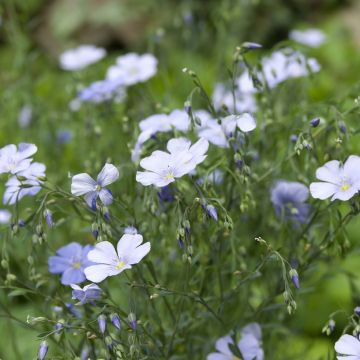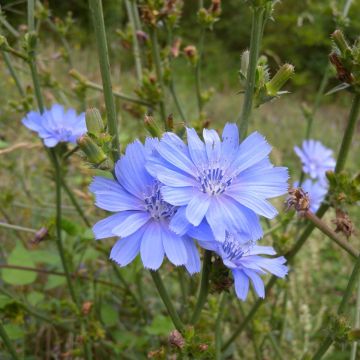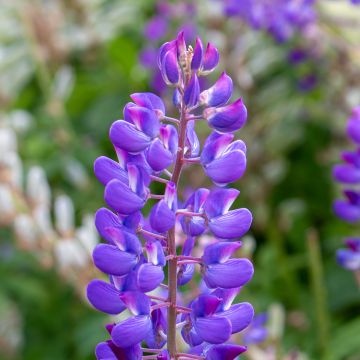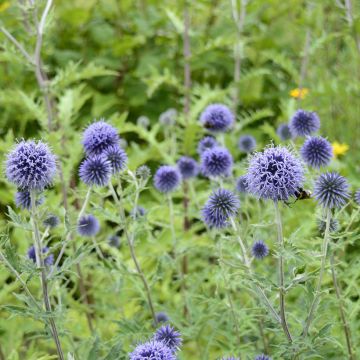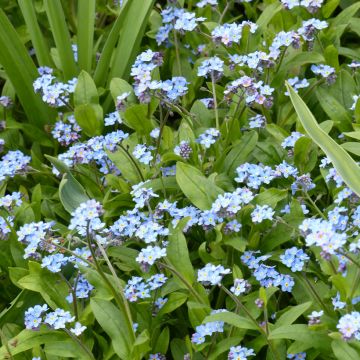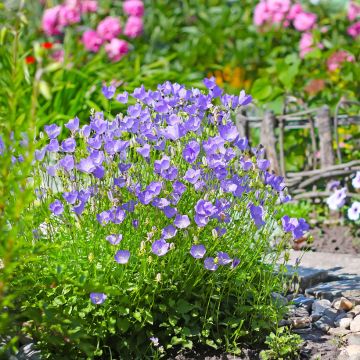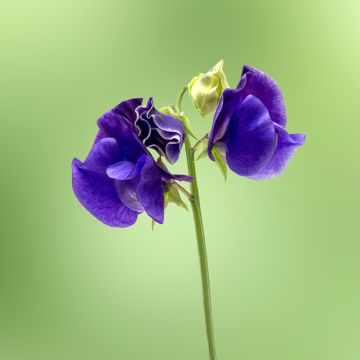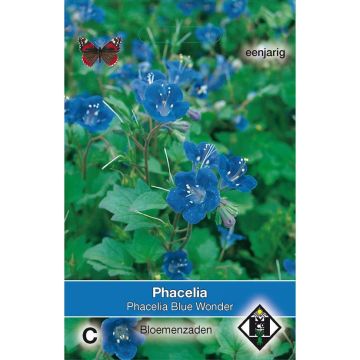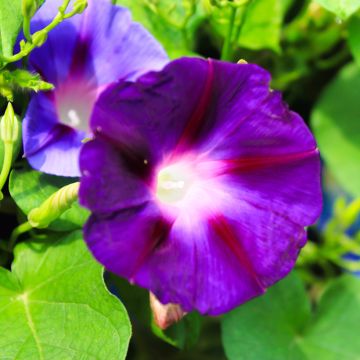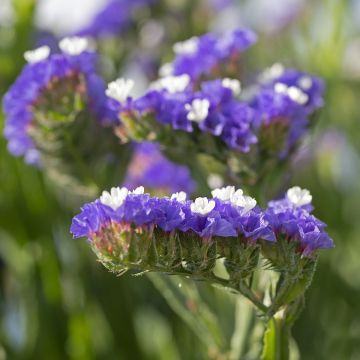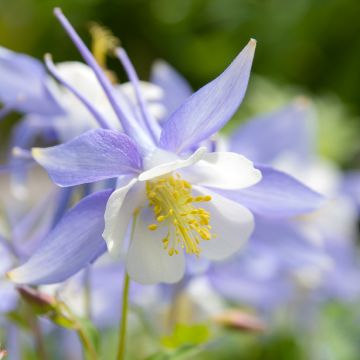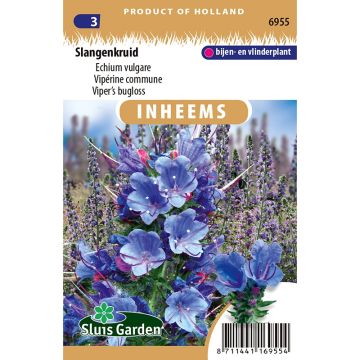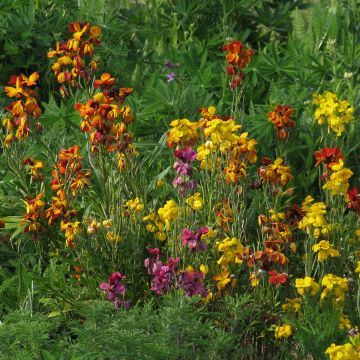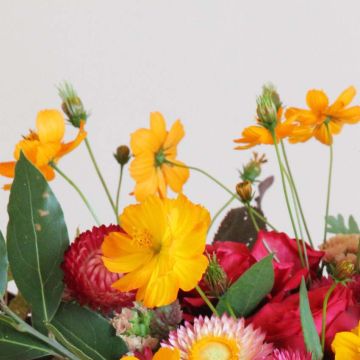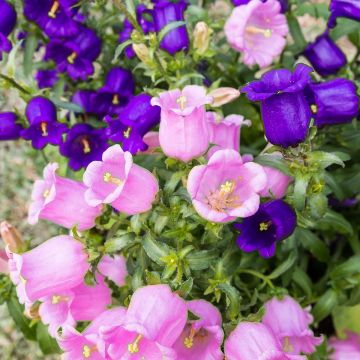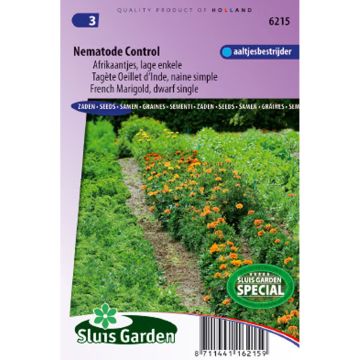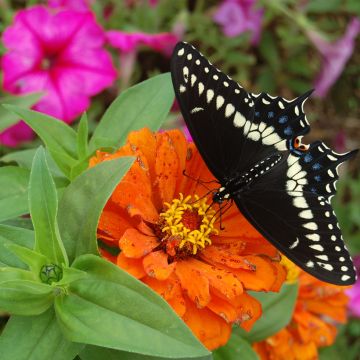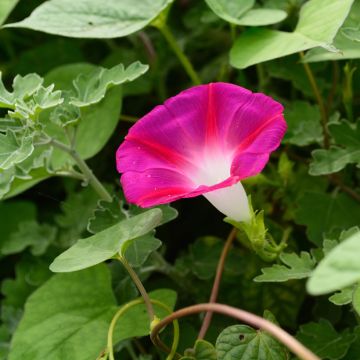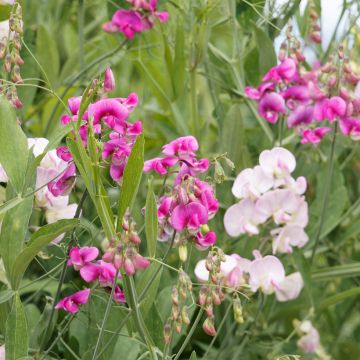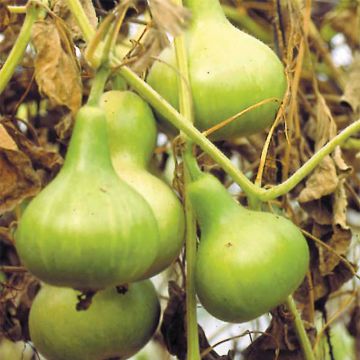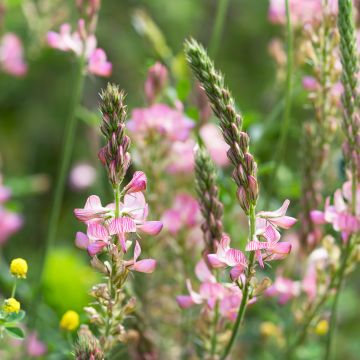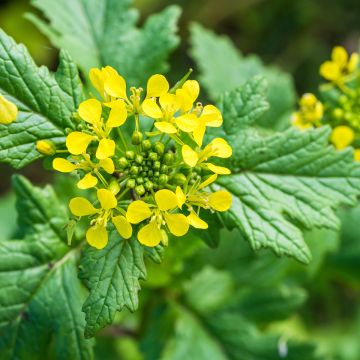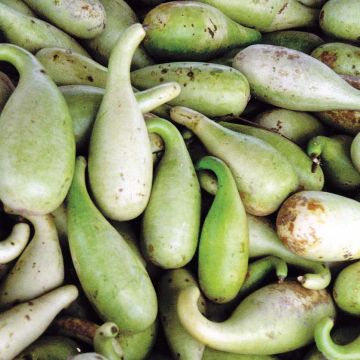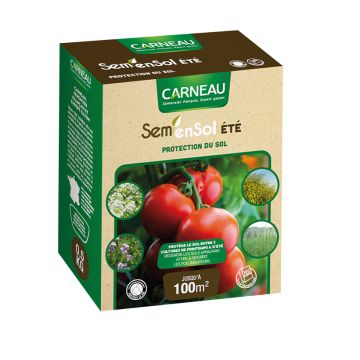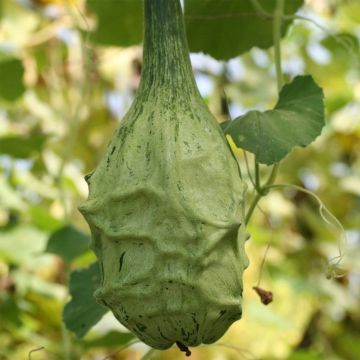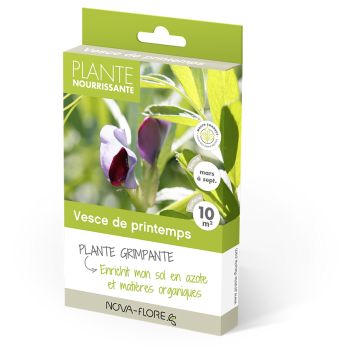Shipping country and language
Your country of residence may be:
Your country of residence is:
For a better user experience on our website, you can select:
Your shipping country:
Andorra
Austria
Belgium
Bulgaria
Canada
Chile
Croatia
Cyprus
Czechia
Denmark
Estonia
Finland
France
Germany
Greece
Hungary
Iceland
Ireland
Italy
Latvia
Lithuania
Luxembourg
Malta
Monaco
Netherlands
Poland
Portugal
Romania
Slovakia
Slovenia
Spain
Sweden
Switzerland
United Kingdom
We only deliver seed and bulb products to your country. If you add other products to your basket, they cannot be shipped.
Language:
French
German
Spanish
English
My Account
Hello
My wish lists
Plantfit
Log in / Register
Existing customer?
New customer?
Create an account to track your orders, access our customer service and, if you wish, make the most of our upcoming offers.
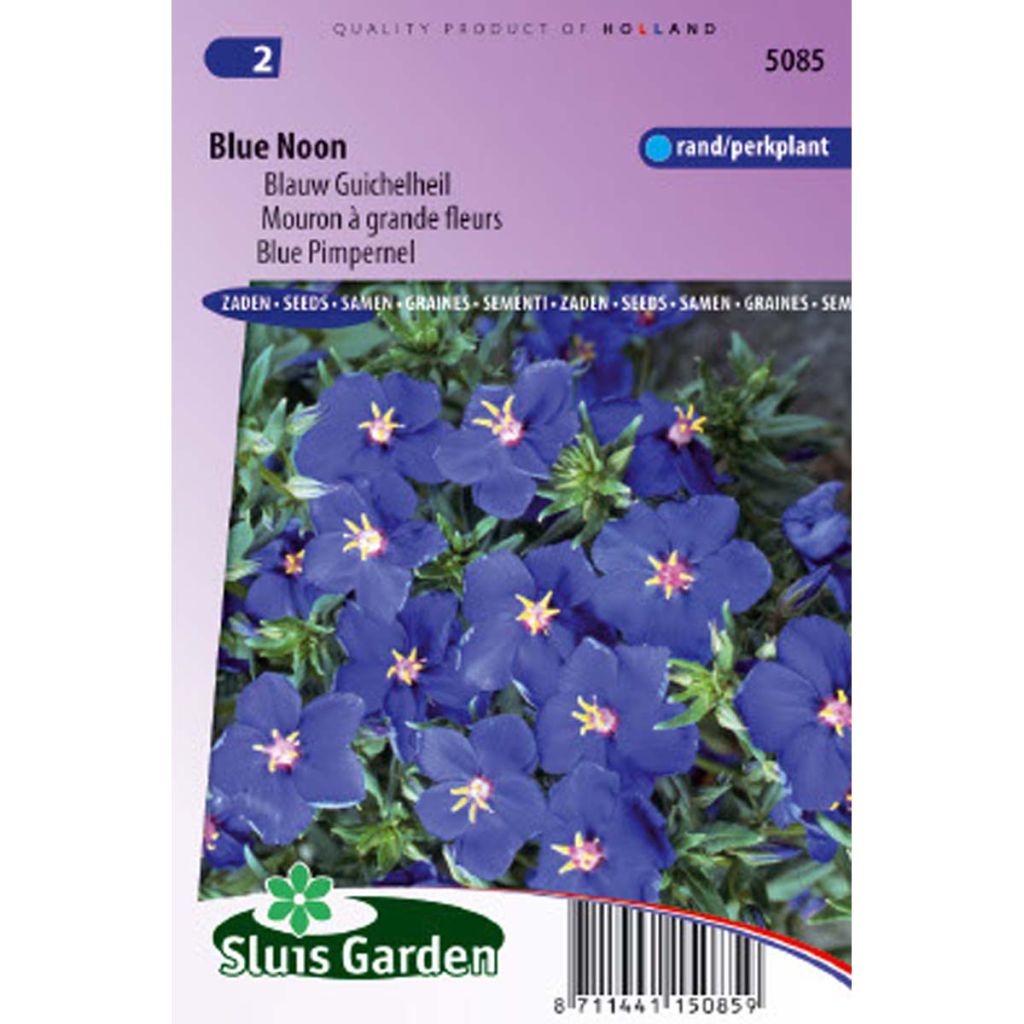

Graines de Mouron à grande fleurs Blue Noon - Anagallis monelli
View more pictures
Hide images
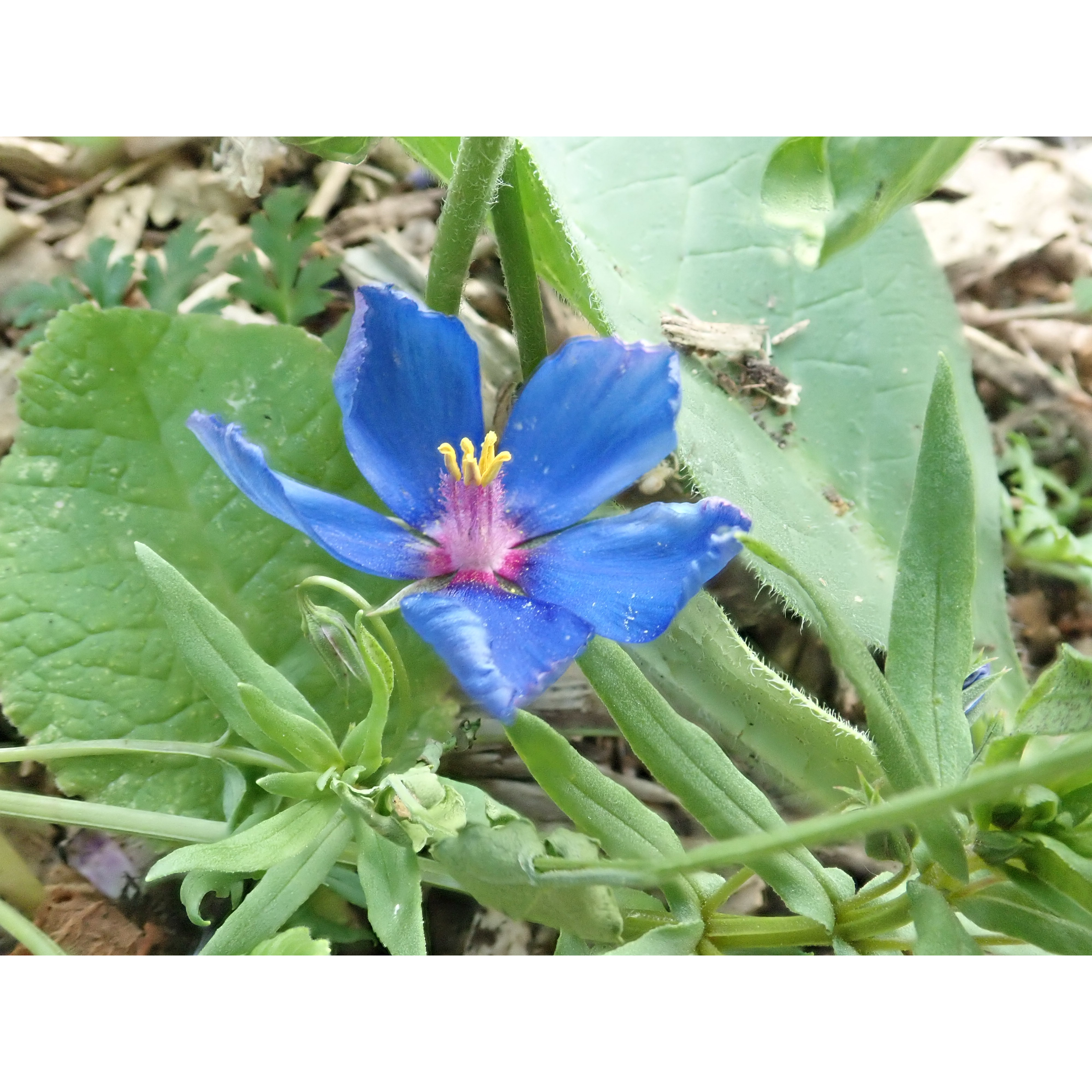
Jean-Claude B.

Mi-ombre
Jean-Claude B. • 31 FR
Anagallis monelli Blue Noon - Blue Pimpernel seeds
Anagallis monelli subsp linifolia Blue Noon
Blue Pimpernel, Broad-leaved Pimpernel
Waiting for next spring for seeding and blooming.
Yveline L., 24/09/2018
Why not try an alternative variety in stock?
View all →Order in the next for dispatch today!
Dispatch by letter from €3.90.
Delivery charge from €5.90 Oversize package delivery charge from €6.90.
More information
This item is not available in your country.
Schedule delivery date,
and select date in basket
This plant carries a 6 months recovery warranty
More information
We guarantee the quality of our plants for a full growing cycle, and will replace at our expense any plant that fails to recover under normal climatic and planting conditions.
Seed-only orders are dispatched by sealed envelope. The delivery charge for seed-only orders is €3.90.

Does this plant fit my garden?
Set up your Plantfit profile →
Description
The Blue Noon great-flowered scarlet pimpernel, also known as Anagallis monelli Blue Noon, is an adorable small, spreading annual with gentian blue and pink flowers. The wild scarlet pimpernel of sunny rockeries wanders along the roads that cross the landscapes of the humid Western Mediterranean. This excellent variety has large flowers in summer which open in the morning and close in the afternoon, on narrow, deep shiny green foliage, rolled at the edges. This plant is very decorative in rockeries, borders, pots, and hanging baskets that it will soon cover. It likes heat and well-drained soils and tolerates drought in open ground.
Anagallis monelli Blue Noon is a frost-tender, short-lived perennial, most often grown as an annual, belonging to the primrose family. It is an improvement of Monelli's scarlet pimpernel, native to Morocco, southern Italy, and Portugal, where the climate is influenced by the ocean. This plant forms spreading clumps of 20 cm (8in) in all directions in a year, consisting of ascending or prostrate stems, woody at the base and rooting at the nodes. They are covered with small lanceolate, dark and shiny green leaves, 1.5 cm (1in) long and 5 mm (0in) wide, rolled at the edges and covered with glandular hairs. Flowering takes place from June to September. The flowers are large for the species, formed by 5 cup-shaped, gentian blue petals contrasting with a small pink heart and a cluster of yellow stamens. They open in the morning and close in the mid-afternoon in hot weather.
The Blue Noon scarlet pimpernel is perfect in rockeries, often grown with antennarias, cerastiums, fragrant alyssums, or late spring-flowering bulbs (garlic, camassias, galtonias). At the forefront of borders, it will go well with dwarf snapdragons, Hartweg's lupins, Californian poppies, Nigellas, and many others... In hanging baskets or containers, the intense colour of the flowers and the shiny foliage will enhance the flowers of bacopas and scaevolas. You can also use it to decorate large pots, at the foot of taller perennials.
Flowering
Foliage
Plant habit
Botanical data
Anagallis
monelli subsp linifolia
Blue Noon
Primulaceae
Blue Pimpernel, Broad-leaved Pimpernel
Anagallis collina , Lysimachia monelli
Cultivar or hybrid
Other Flower seeds A to Z
Planting and care
Seedlings of Anagallis can sown according to the following schedule: - Either at the end of summer, in August, overwintering frost-free in a pot and planted outdoors in open ground in April to flower as early as May; - Or in March-April, under cover, for planting out in May-June to flower from July onwards; - Or directly in place in April-May, to flower in August and until the first frost. Place the seeds in a light mixture composed of special seed compost and coarse sand, maintained at a temperature of 16°C (60.8°F). Germination usually takes 3 to 4 weeks, a little less at 20°C (68°F). Monelli's Anagallis grows in ordinary, but well-drained soil. It appreciates full sun and warmth, but to limit its growth, avoid areas where the ambient temperature will be too high. This plant has more flowers and is more compact in the sun. The soil should never completely dry out in summer, especially in a pot, else flowering will stop.
Sowing period
Intended location
- , onOrder confirmed
Reply from on Promesse de fleurs
Flower seeds
Haven't found what you were looking for?
Hardiness is the lowest winter temperature a plant can endure without suffering serious damage or even dying. However, hardiness is affected by location (a sheltered area, such as a patio), protection (winter cover) and soil type (hardiness is improved by well-drained soil).

Photo Sharing Terms & Conditions
In order to encourage gardeners to interact and share their experiences, Promesse de fleurs offers various media enabling content to be uploaded onto its Site - in particular via the ‘Photo sharing’ module.
The User agrees to refrain from:
- Posting any content that is illegal, prejudicial, insulting, racist, inciteful to hatred, revisionist, contrary to public decency, that infringes on privacy or on the privacy rights of third parties, in particular the publicity rights of persons and goods, intellectual property rights, or the right to privacy.
- Submitting content on behalf of a third party;
- Impersonate the identity of a third party and/or publish any personal information about a third party;
In general, the User undertakes to refrain from any unethical behaviour.
All Content (in particular text, comments, files, images, photos, videos, creative works, etc.), which may be subject to property or intellectual property rights, image or other private rights, shall remain the property of the User, subject to the limited rights granted by the terms of the licence granted by Promesse de fleurs as stated below. Users are at liberty to publish or not to publish such Content on the Site, notably via the ‘Photo Sharing’ facility, and accept that this Content shall be made public and freely accessible, notably on the Internet.
Users further acknowledge, undertake to have ,and guarantee that they hold all necessary rights and permissions to publish such material on the Site, in particular with regard to the legislation in force pertaining to any privacy, property, intellectual property, image, or contractual rights, or rights of any other nature. By publishing such Content on the Site, Users acknowledge accepting full liability as publishers of the Content within the meaning of the law, and grant Promesse de fleurs, free of charge, an inclusive, worldwide licence for the said Content for the entire duration of its publication, including all reproduction, representation, up/downloading, displaying, performing, transmission, and storage rights.
Users also grant permission for their name to be linked to the Content and accept that this link may not always be made available.
By engaging in posting material, Users consent to their Content becoming automatically accessible on the Internet, in particular on other sites and/or blogs and/or web pages of the Promesse de fleurs site, including in particular social pages and the Promesse de fleurs catalogue.
Users may secure the removal of entrusted content free of charge by issuing a simple request via our contact form.
The flowering period indicated on our website applies to countries and regions located in USDA zone 8 (France, the United Kingdom, Ireland, the Netherlands, etc.)
It will vary according to where you live:
- In zones 9 to 10 (Italy, Spain, Greece, etc.), flowering will occur about 2 to 4 weeks earlier.
- In zones 6 to 7 (Germany, Poland, Slovenia, and lower mountainous regions), flowering will be delayed by 2 to 3 weeks.
- In zone 5 (Central Europe, Scandinavia), blooming will be delayed by 3 to 5 weeks.
In temperate climates, pruning of spring-flowering shrubs (forsythia, spireas, etc.) should be done just after flowering.
Pruning of summer-flowering shrubs (Indian Lilac, Perovskia, etc.) can be done in winter or spring.
In cold regions as well as with frost-sensitive plants, avoid pruning too early when severe frosts may still occur.
The planting period indicated on our website applies to countries and regions located in USDA zone 8 (France, United Kingdom, Ireland, Netherlands).
It will vary according to where you live:
- In Mediterranean zones (Marseille, Madrid, Milan, etc.), autumn and winter are the best planting periods.
- In continental zones (Strasbourg, Munich, Vienna, etc.), delay planting by 2 to 3 weeks in spring and bring it forward by 2 to 4 weeks in autumn.
- In mountainous regions (the Alps, Pyrenees, Carpathians, etc.), it is best to plant in late spring (May-June) or late summer (August-September).
The harvesting period indicated on our website applies to countries and regions in USDA zone 8 (France, England, Ireland, the Netherlands).
In colder areas (Scandinavia, Poland, Austria...) fruit and vegetable harvests are likely to be delayed by 3-4 weeks.
In warmer areas (Italy, Spain, Greece, etc.), harvesting will probably take place earlier, depending on weather conditions.
The sowing periods indicated on our website apply to countries and regions within USDA Zone 8 (France, UK, Ireland, Netherlands).
In colder areas (Scandinavia, Poland, Austria...), delay any outdoor sowing by 3-4 weeks, or sow under glass.
In warmer climes (Italy, Spain, Greece, etc.), bring outdoor sowing forward by a few weeks.
